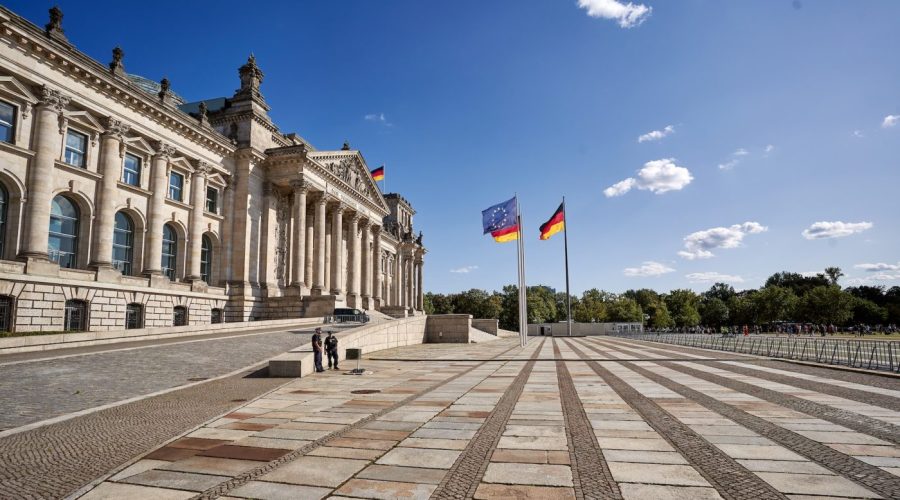What was Sachsenhausen Berlin KZ and its Significance in the Holocaust?
In looking at the darkest pages of human history the Holocaust is one of the most gruesome and calamitous tragedies of all. One of the notorious camp in this period was Sachsenhausen Berlin KZ. In this article, we will look into the history, the lives and the lasting legacy of this camp.
The Formation and Purpose of Sachsenhausen Berlin KZ
Sachsenhausen Berlin KZ was inaugurated in 1936 by the Nazi regime. Lying just outside the town of Berlin, Germany, it was one of the first concentration camps and later became a prototype for other camps of the type. The main goal of Sachsenhausen was to arrest and execute political opponents, intellectuals, Jehovah’s Witnesses, homosexual men, and any others deemed unnotables under the Nazi regime.
Living Conditions and Brutality
Life at Sachsenhausen was dreadful and meant to break and demale the prisoners. They endured oppressive physical labor, poor diet, overcrowded barracks and repeated floggings from the SS cordon. Ebola, disease and death were prevalent because of bad sanitation, because no health care existed. Political prisoners were also subject to sheer psychological torture, including long periods of interrogation, torture and experimentation.
Life for Different Categories of Prisoners
There were several types of inmates in Sachsenhausen. Political prisoners from left, such as communists and social democrats, were subjected to particularly intensive politicization and violence as they were considered an ideological threat by the Nazis. Homosexual prisoners were usually kept in solitary confinement and additional abused.
Moreover, Jehovah’s Witnesses were compiled specifically for their refusal to swear allegiance to the Nazi government on account of their religion. On the other hand, Jewish prisoners faced special and intensifying persecution as the Nazis introduced their “Final Solution”
Resistance and Liberation
In spite of the unimaginable suffering, there were acts of rebellion in Sachsenhausen. Prisoners undeveloped cultural affairs, educational programs, and even faked an underground newspaper to keep the spirits high and the moment informed. Some tried to flee, others sabotaged or wielded defiance.
Soviet forces freed the camp on April 22, 1945, towards the end of World War II. With the liberation the atrocities that had occurred within Sachsenhausen were finally brought to an end; but on the other hand also made clear the enormity of horror lo the liberators finding the mass graves and evidence of the atrocities that had within the walls of the camp taken place.
The Significance Today
Sachsenhausen Berlin KZ is a somber Holocaust reminder of the atrocities that were carried out. It memorial and museum in which visitors are encouraged to contemplate the past and so prevent such acts of hatred and discrimination happening again. By looking at the preserved buildings, galleries and records, visitors acquire a knowledge of the lives of prisoners and adjustment mechanism of the Nazis.
One must visit such historical places in order to commemorate the dead and in order to honor the past so that the future could become better. By studying the Holocaust and all the other genocides, we can hope to construct a community which is motivated by tolerance, understanding and inclusivity.
Conclusion
Sachsenhausen Berlin KZ is a disturbing evidence of the Holocaust and the human welfare to be merciless. To come to this ex-concentration camp is to honor the victims, to honor the survivors and that we have to remember what we have to learn with this terrible page of the history. It is by means of education and remembering we can strive for a world which is uninfluenced by distaste and brutality.
Table of Contents



